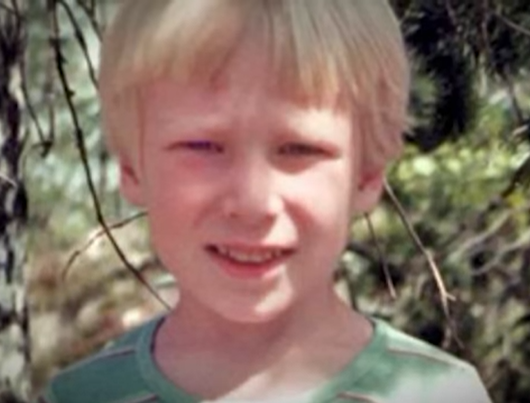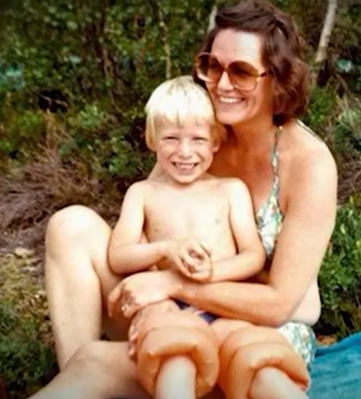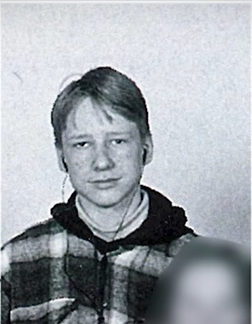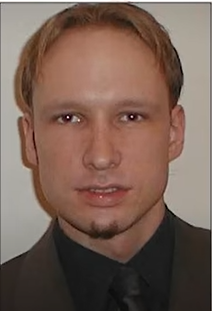.jpg)
b: 1979
Anders Behring Breivik
Summary
Name:
Nickname:
Anders Breivik / Andrew Berwick / Fjotolf HansenYears Active:
2011Birth:
February 13, 1979Status:
ImprisonedClass:
Mass MurdererVictims:
77+Method:
Bombing / ShootingNationality:
Norwegian.jpg)
b: 1979
Anders Behring Breivik
Summary: Mass Murderer
Name:
Anders Behring BreivikNickname:
Anders Breivik / Andrew Berwick / Fjotolf HansenStatus:
ImprisonedVictims:
77+Method:
Bombing / ShootingNationality:
NorwegianBirth:
February 13, 1979Years Active:
2011Date Convicted:
August 24, 2012bio
Anders Behring Breivik was born on February 13, 1979, in Oslo, Norway. His father, Jens David Breivik, was a civil economist and worked as a diplomat in London and Paris. His mother, Wenche Elisabeth Behring, was a nursing assistant. Anders was the couple's only child together, but he had a maternal half-sister named Elisabeth and three paternal half-siblings: Erik, Jan, and Nina. The family lived in London until Anders was one year old, when his parents divorced. After the divorce, Wenche moved back to Oslo with Anders.
From 1982 to 1994, Anders lived in an apartment in the Skøyen neighborhood of Oslo with his mother. Before this, they resided in the Frogner district of Oslo. When Anders was four years old, reports were submitted to authorities expressing concerns about his mental health. Psychologists noted his unusual smile, which appeared disconnected from his emotions. They raised issues about the treatment he received from his mother, who was described as emotionally abusive. She allegedly told him that she wished he were dead, and psychologists believed she impacted his psychological development negatively.

Wenche had a troubled upbringing herself, which may have contributed to her relationship with Anders. There were recommendations made for Anders to be removed from her care, but interventions did not occur, and he was never placed in foster care. Instead, he experienced sporadic weekends away from his mother, during which time he moved in with a couple who had agreed to care for him temporarily.
In February 1983, Anders and his mother visited the National Centre for Child and Adolescent Psychiatry as outpatients for a month. This stay led to recommendations that he should be placed in foster care to ensure his normal development. However, this recommendation was ignored, and he continued to live at home.

Throughout his early education, Anders attended different schools, including Smestad Grammar School and Ris Junior High. By all accounts, he was an intelligent student. During his teenage years, he exhibited rebellious behavior and was active in the graffiti and hip-hop scene in Oslo. He often clashed with his mother about various issues, leading to a breakdown in communication with his father after he was fined for graffiti-related activities.
After turning 15, he began to take weight training seriously and started using anabolic steroids to enhance his physique. In his adult life, after turning 21, he worked in a customer service role. Anders was reportedly charming and engaging in these settings, but he had no military training and was deemed unfit for military duty. He traveled extensively over the next few years, visiting different countries and even undergoing cosmetic surgery to alter his appearance. By the time he reached adulthood, Anders underwent various personal transformations and developed views that would later shape his identity. However, those formative years were marred by a complex family dynamic and conflicts.

murder story
On July 22, 2011, Anders Behring Breivik carried out two coordinated attacks in Norway. The first attack took place in Oslo, where he detonated a car bomb at the Regjeringskvartalet, the executive government quarter. The explosion occurred at precisely 15:25:22 CET. Breivik used a van filled with explosives, targeting a building that housed the office of the Prime Minister. This tragic event resulted in the deaths of eight people and injured over 200 others, many severely.

The second attack happened shortly after the first, on the island of Utøya, where a youth camp organized by the Workers' Youth League was taking place. Breivik, disguised in a homemade police uniform and equipped with firearms, arrived on the island by ferry. He opened fire on the campers with a semi-automatic rifle, meticulously targeting participants. This horrific attack lasted for more than an hour, leaving 69 people dead and injuring 32 others. Among the victims were many teenagers, some of whom were friends of the Prime Minister at the time.
Once confronted by a police special unit, Breivik surrendered without resistance. Following his arrest, he initially admitted to the crimes, claiming that the attacks were meant to protect Norway and European culture from what he viewed as a threat from Muslims and left-wing political ideologies. Breivik's actions shocked the nation and the world, marking one of the deadliest terrorist attacks in Norway's history.